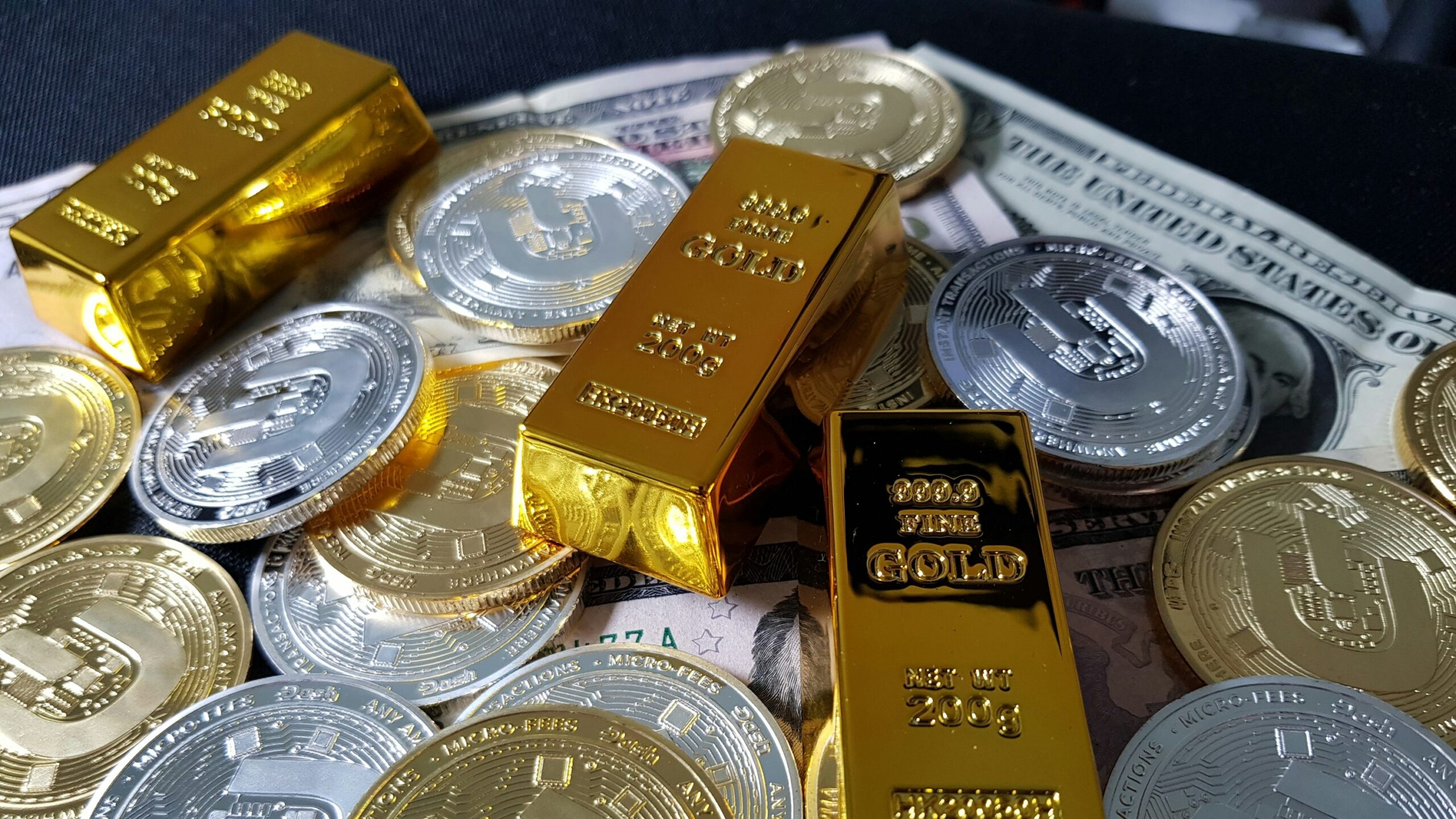Ravindra V Rao, VP-Head Commodity Research at Kotak Securities, said Investors were paralyzed by fear this week as the banking crisis moved from the U.S. to Europe, raising concerns about contagion in the international financial markets. The U.S. regulators announced plans to reduce systemic risk at the beginning of the week in a joint statement from Treasury Secretary Janet Yellen, Federal Reserve Chair Jerome Powell, and Federal Deposit Insurance Corporation Chairman Martin J Gruenberg. They also promised that the FDIC would compensate the customers of SVB and Signature.
As a result, investors flocked to safe-haven assets, causing a new wave of concern that helped the dollar rise from depths below 104. The U.S.10-year and 2-year treasury yields fell below 3.45 percent and 3.75 percent, respectively, in the bond markets, which also experienced heavy activity. European bond yields also tumbled in the wake of the Credit Suisse crisis, with the benchmark 10-year Bunds experiencing their biggest one-day decline since 1990 and the 20-year German bond yield falling to 2.373 percent, its lowest level since mid-December.
The price of COMEX Gold surged to a six-week high of $1,993.7 per troy ounce, supported by safe-haven bids and resurgent investor demand. To reach a three-week high of 914.72 tonnes on Thursday, SPDR Gold holdings increased for four straight days. Silver finished the week with a staggering 10% upside, while COMEX Gold posted a weekly gain of almost 6%. Contrarily, the gloss of crude oil and copper was stripped away by global risk aversion, and both commodities fell to their lowest levels since December 2021 and January 2023, respectively.
The largest weekly drop in oil prices since 2023, which plummeted by over 10%, was made worse by the fact that OPEC and the IEA both indicated an oil market surplus while reaffirming that a resurgence in Chinese demand might offset weakened consumption in some Western markets. In addition, markets now predict that the FOMC meeting next week will result in a 25 basis point rate increase, with hopes of a pause or a rate cut fading.
This is especially true after the ECB increased interest rates by 50 basis points and reiterated its commitment to contain inflation despite the turmoil in the financial markets. Meanwhile, opinions among investors regarding the Bank of England’s policy decision are still mixed, and February’s Flash PMI data will be extensively scrutinized for any early indications of economic activity in the major global economies.

